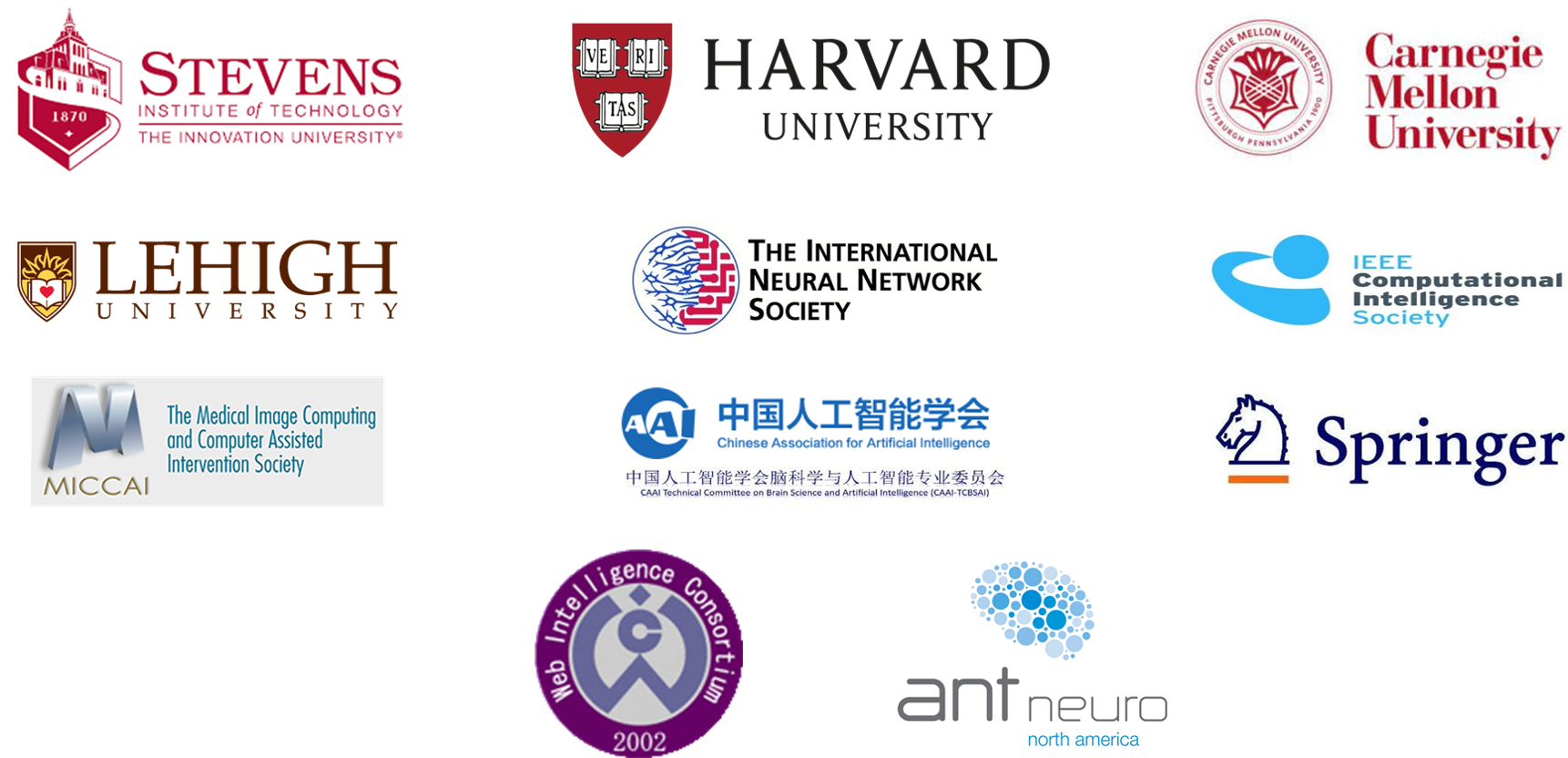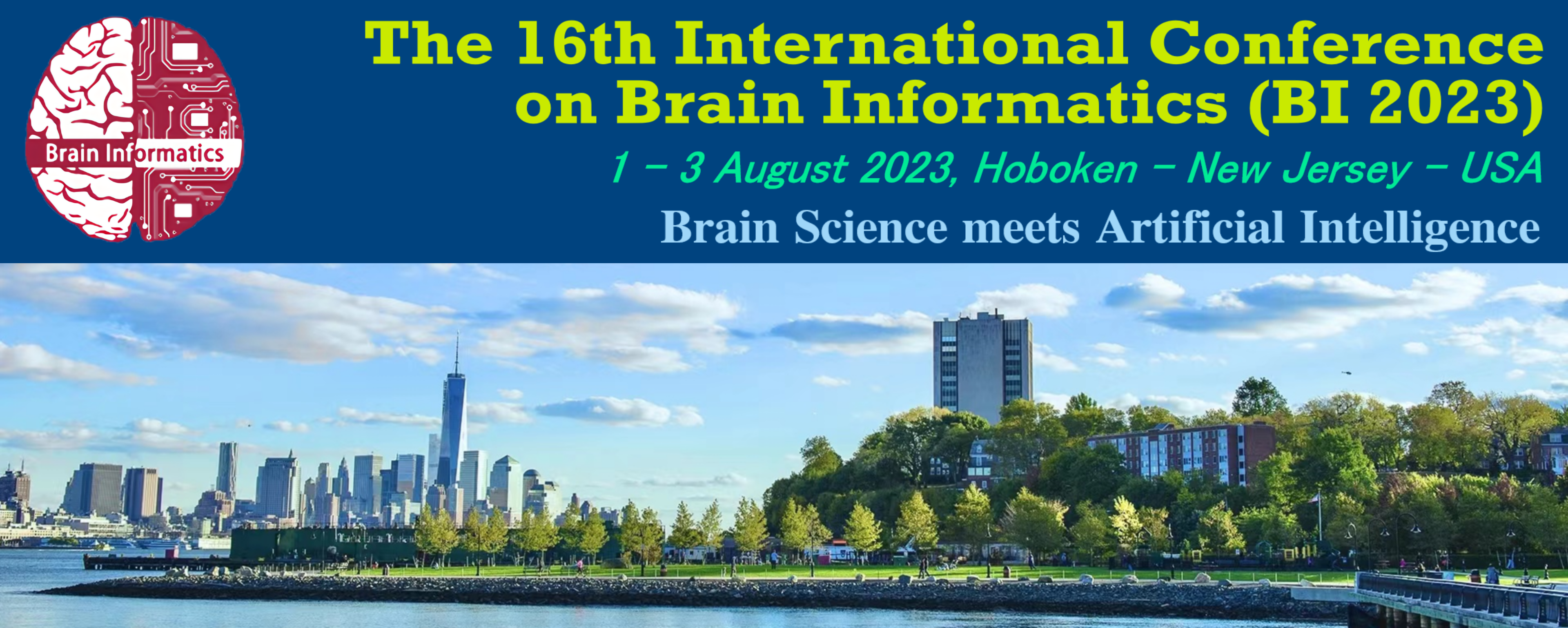The 16th International Conference on Brain Informatics (BI 2023)
—Brain Science meets Artificial Intelligence
August 1 - 3, 2023, Hoboken & New Jersey - USA
|
NEW: BI 2023 Proceedings |
| Keynote Speech: Keynote Speakers (all in person) |
|
* The History of BI Conference *
Watch Video on YouTube or HERE. |
About the Conference
The International Conference on Brain Informatics (BI) series has established itself as the world’s premier research conference on Brain Informatics, which is an emerging interdisciplinary and multidisciplinary research field that combines the efforts of Cognitive Science, Neuroscience, Machine Learning, Data Science, Artificial Intelligence (AI), and Information and Communication Technology (ICT) to explore the main problems that lie in the interplay between human brain studies and informatics research.
The 16th International Conference on Brain Informatics (BI'23) provides a premier international forum to bring together researchers and practitioners from diverse fields for presentation of original research results, as well as exchange and dissemination of innovative and practical development experiences on brain Informatics research, brain-inspired technologies and brain/mental health applications.
Topics and Areas
The key theme of the conference is "Brain Science meets Artificial Intelligence".
The BI'23 solicits high-quality original research and application papers (both full paper and abstract submissions). Relevant topics include but are not limited to:
Keynote Speakers
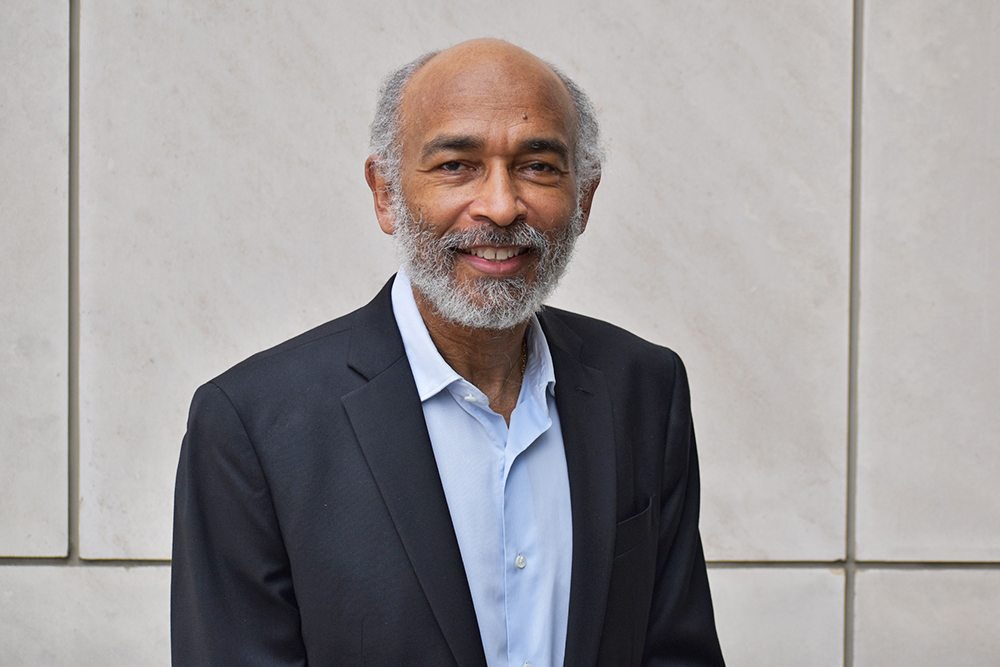
MIT, Massachusetts General Hospital, USA
TITLE: General Anesthesia, Neural Modulation and Altered States of Arousal
Abstract: General anesthesia is a drug-induced, reversible condition comprised of five behavioral states: unconsciousness, amnesia (loss of memory), antinociception (loss of pain sensation), akinesia (immobility), and hemodynamic stability with control of the stress response. Our work shows that a primary mechanism through which anesthetics create these altered states of arousal is by initiating and maintaining highly structured oscillations. These oscillations impair communication among brain regions. We illustrate this effect by presenting findings from our human and non-human primate studies using high-density EEG recordings and intracranial recordings. These studies have allowed us to give a detailed characterization of the neurophysiology of loss and recovery of consciousness due to propofol, and more recently ketamine. We show how these dynamics change systematically with different anesthetic classes and with age. As a consequence, we have developed a principled, neuroscience-based paradigm for using the EEG to monitor the brain states of patients receiving general anesthesia. We demonstrate that the state of general anesthesia can be rapidly reversed by activating specific brain circuits. Finally, we demonstrate that the state of general anesthesia can be controlled using closed-loop feedback control systems. The success of our research has depended critically on tight coupling of experiments, signal processing research and mathematical modeling.

Carnegie Mellon University, USA
TITLE: How AI/ML Helps EEG to Become an Imaging Modality
Abstract: Brain activity is distributed over the 3-dimensional volume and evolves in time. Mapping spatio-temporal distribution of brain activation with high spatial resolution and high temporal resolution is of great importance for understanding the brain and aiding in the clinical diagnosis and management of brain disorders. Electrophysiological source imaging from noninvasively recorded electroencephalogram (EEG) has played a significant role in advancing our ability to image brain function and dysfunction. We will discuss how AI/ML can greatly facilitate addressing technical challenges in electrophysiological source imaging, and applications to mapping brain activation from EEG in drug-resistant epilepsy patients. We will introduce and discuss clinical implications of our recently developed AI-based source imaging technology in which deep neural networks are integrated with neural mass models to achieve high-resolution spatio-temporal source imaging of epileptogenic networks, from scalp recorded EEG (and MEG).

NIH BRAIN Initiative, USA
TITLE: BRAIN 2.0: Transforming Neuroscience
Abstract: The human brain is the most complex organ in the body, with vast computational capacity on the one hand, but vulnerable to debilitating diseases on the other. The increasing burden of neurological disorders as our population ages, together with the high personal and societal costs of mental and substance use disorders, underscore the need for new ways to deepen our knowledge of the human brain in health and disease. In spite of recent advances, it remains a mystery how the hundreds of billions of cells in the brain — that communicate via trillions of synapses to make up the circuitry — enable us to perceive, think, feel, and act. The NIH Brain Research Through Advancing Innovative Neurotechnologies® (BRAIN) Initiative is an ambitious program whose mission is to develop and apply new technologies to answer fundamental questions about the brain and to find new treatments for human brain disorders. Launched in 2013, the BRAIN Initiative supports research on understanding neural circuit function by developing novel tools and applying innovate techniques to precisely map and observe brain circuits. Building on initial successes, the BRAIN Initiative is investing in large-scale projects that will transform the landscape and potential for neuroscience research. These programs will (1) generate a comprehensive atlas detailing the cell type composition of the human brain; (2) develop scalable technologies for generating whole mammalian brain connectivity maps at different scales and resolution; and (3) develop, validate, and disseminate new tools for precision access to brain cell types across species. Together these projects promise to deliver new resources and tools for interrogating and modulating neural circuit activity and will support established programs focused on understanding the circuit basis of behavior in a diversity of model systems, including humans.
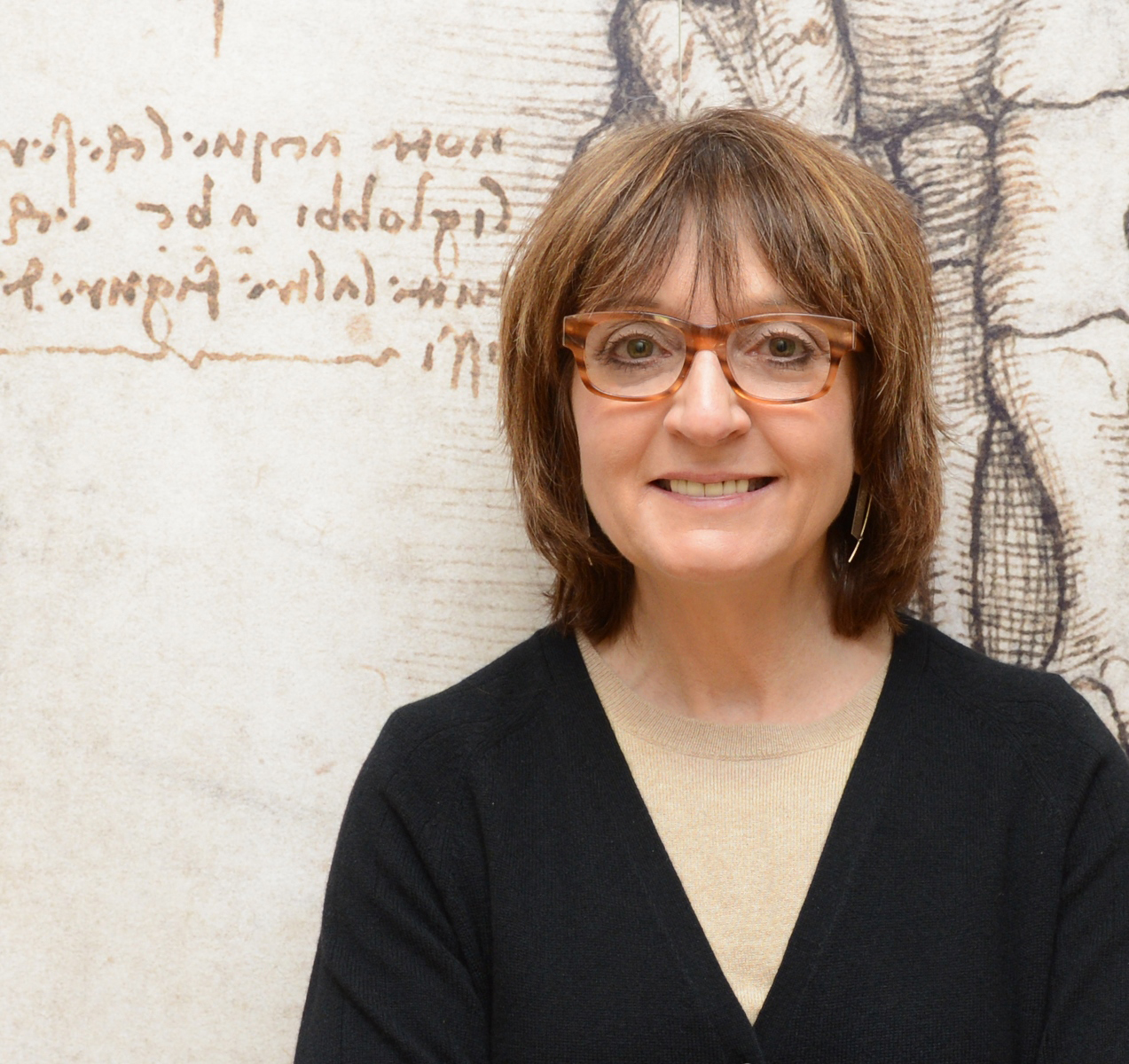
Icahn School of Medicine at Mount Sinai, USA
TITLE: Decoding Multimodal Recovery Signals to Optimize DBS Treatment for Depression
Abstract: Deep Brain Stimulation is an experimental treatment for intractable depression. The availability of brain sensing systems combined with advances in computer vision and other machine learning strategies now enables neural and behavioral monitoring during ongoing treatment, providing new tools for treatment optimization and mechanistic perspectives on the trajectory and sustainability of DBS effects. Such studies link first-person experiences to changes in brain state and naturalistic behaviors, towards a comprehensive but nuanced understanding of illness and recovery.

York University, Canada
TITLE: Tethered Rationality: A Model of Behavior for the Real World
Abstract:
A few years ago, it dawned upon me that despite studying human rationality for
20+ years there is actually very little real-world human behavior that I (or my colleagues) can
actually explain. In response to this sobering realization, I have spent the last few years
reconceptualizing much of what I know about reasoning and human behavior. I propose a model of
tethered rationality that gets us closer to explaining teenage daughters, Trump neighbors,
and vaccine deniers.
The basic idea I advocate is that, while we have a reasoning mind that sets us apart from bats and
baboons, this reasoning mind does not float above the biology. It is not powered by angel dust.
It evolved on top of, and is integrated into, the neurobiology we inherited from our common ancestors
with bats and baboons. That is, our reasoning mind is tethered to evolutionary older systems such as
the autonomic, instinctive, and associative systems.
Taking this idea seriously leads to a model of tethered rationality whereby the autonomic,
the instinctive, associative, and reasoning systems all have an input into behavior.
The response generated by each system is in the common currency of feelings, with valence, arousal, and
duration components. This allows for communication across systems and the generation of a blended response.
The control structure is set up to maximize pleasure and minimize pain or displeasure.
There is no central executive in charge. The reasoning system has an input into the response,
but so do the other systems. Individual differences in behavior are explained not just
in terms of individual differences at the level of beliefs and desires, but also individual differences
at the level of the autonomic, instinctive, and associative systems.
Such an account drives human behavior back into the biology, where it belongs, and provides
a richer set of tools to understand how we pursue food, sex, and politics.

Cornell University, USA
TITLE: Blurred Lines: Exploring the Intersection of Biological and Artificial Neural Networks
Abstract: The recent explosion of machine learning literature has centered largely around Artificial Neural Networks (ANNs). These networks, originally inspired by biological neural networks - specifically, how the human brain processes visual information - have proved remarkably useful for classification or regression problems of many types. Meanwhile, in the field of neuroscience, researchers have incorporated ANNs into "encoding models" that predict neural responses to visual stimuli and, furthermore, have been shown to reflect structure and function of the visual processing pathway. This observation has led to speculation that primate ventral visual stream may have evolved to be an optimal system for object recognition/detection in the same way that ANNs are identifying optimal computational architectures. Here, we introduce NeuroGen, a novel encoding/generative model architecture designed to synthesize realistic images predicted to maximize or minimize activation in pre-selected regions of the human visual cortex. We then apply this framework as a discovery architecture to amplify differences in regional and individual brain response patterns to visual stimuli, and, furthermore, use it to generate synthetic images predicted to modulate brain regions’ responses in a controlled way. Finally, we present some recent work showing that synthetic images produced by NeuroGen can actually produce desired target brain activation responses, thus performing macro-scale, non-invasive neuromodulation in humans.
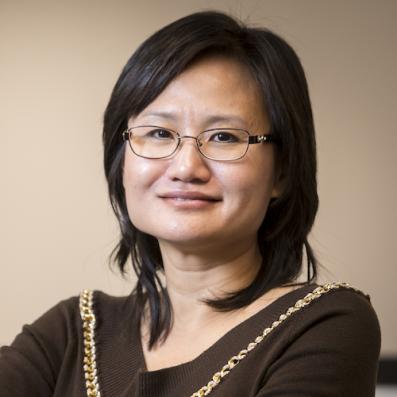
NIH NINDS, USA
TITLE: Towards Convergence Intelligence – Neuromorphic Engineering and Engineered Organoids for Intelligent Systems
Abstract: Computing demands are rapidly outpacing improvements made through Moore’s law scaling; transistors are reaching their physical limitations. The current paradigm of artificial intelligence based on learning neural net representations, including recent large language models, is on a trajectory to consume unbounded amounts of energy, requiring ever more data. The power efficiency and computational flexibility of biological intelligence, reflected by 20 W power consumption and the creative general problem solving of humans and other animals, present an opportunity to establish an alternative trajectory for the science and engineering of intelligent systems. This alternative approach has ignited interest in non-von Neuman architectures and new types of brain-like learning algorithms and systems. I will highlight recent innovations that illustrate a potential convergence among neuromorphic hardware design, brain-like learning algorithms, and engineered organoids, which I refer to as convergence intelligence. I will present relevant federal funding opportunities and strategies along with my personal outlook for how advances in convergence intelligence could translate to many domains, including improvements in brain–body interfaces, neural recording and neuromodulation technologies.

Columbia University, USA
TITLE: Closed-loop Non-invasive Neural Therapeutics
Abstract: Precision and personalized delivery of neurostimulation, such as transcranial magnetic stimulation (TMS), is believed to be critical for the effective treatment of psychiatric diseases such as major depressive disorder (MDD). In this talk, I will present our work that uses an integrated instrument consisting of simultaneous fMRI, EEG, and TMS (which we term “fET") to determine the precise timing of TMS stimulation to deliver to an individual to maximize engagement of the therapeutic target—in this case, the anterior cingulate cortex. I will present results from a double-blind clinical trial that uses the fET instrument to set individualized parameters of a closed-loop EEG-TMS neurostimulator for treating MDD. We demonstrate that this closed-loop precision delivery of stimulation, which is matched to specific brain dynamics, affects brain dynamics, functional and effective connectivity, and ultimately clinical outcome of the treatment. Our approach enables new types of non-invasive neural therapeutics which are personalized to an individual as well as a disease or condition.
Important Dates
|
|
|
|
|
|
|
|
|
|
|
|
|
|
Paper Submission and Publications

1. 9-12 pages are strongly encouraged for the regular papers including figures and references in Springer LNCS Proceedings format (https://www.springer.com/us/computer-science/lncs/conference-proceedings-guidelines). Over length papers will be charged for 100$ per page. 2. All papers will be peer-reviewed and accepted based on originality, significance of contribution, technical merit, and presentation quality. 3. All papers accepted (and all workshop & special sessions' full-length papers) will be published by Springer as a volume of the Springer-Nature LNAI Brain Informatics Book Series (https://link.springer.com/conference/brain).
Research abstracts are encouraged and will be accepted for presentations in an oral presentation format and/or poster presentation format. Each abstract submission should include the title of the paper and an abstract body within 1500 words. The abstract will not be included in the conference proceedings to be published by Springer.
High-quality BI conference papers will be nominated for a fast-track review and publication at the Brain Informatics Journal, (https://braininformatics.springeropen.com/) an international, peer-reviewed, interdisciplinary Open Access journal published by Springer Nature. Discount or no open access article-processing fee will be charged for BI conference paper authors.
Workshop/special session organizers and BI conference session chairs may consider and can be invited to prepare a book proposal of special topics for possible book publication in the Springer-Nature Brain Informatics & Health Book Series (https://www.springer.com/series/15148), or a special issue at the Brain Informatics Journal.
Poster-Conference Publication

1. Accepted full papers will be selected to publish in the Brain
Informatics Journal upon revision.
2. Discount or no article-processing fee will be charged for
authors of Brain Informatics conference (https://braininformatics.springeropen.com/).
3. The organizers of Workshops and Special-Sessions are invited to prepare a book proposal based on the topics of the workshop/special session for possible book publication in the Springer-Nature Brain Informatics and Health book series (http://www.springer.com/series/15148).
Past Meetings
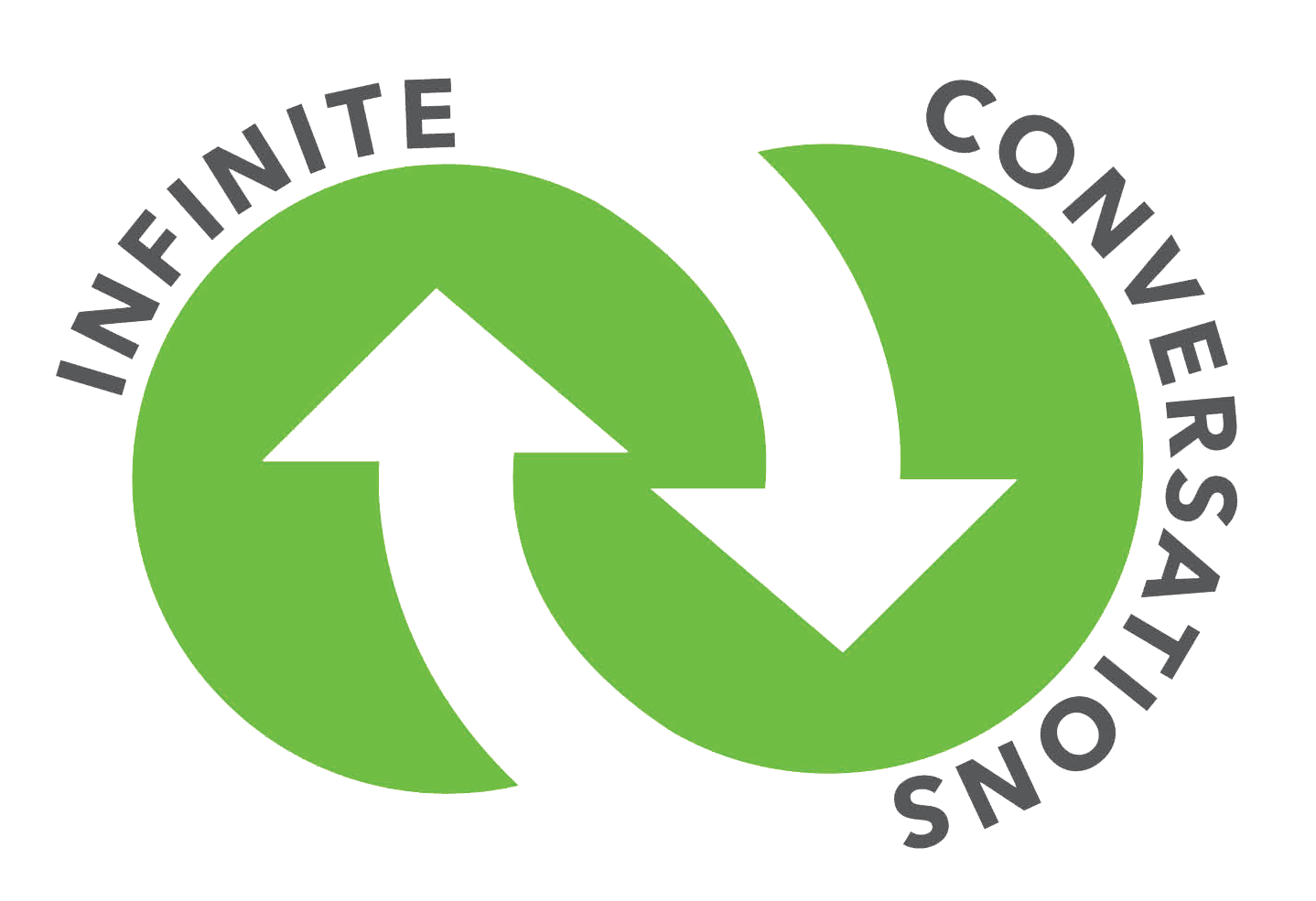
Sponsors & Organizers
